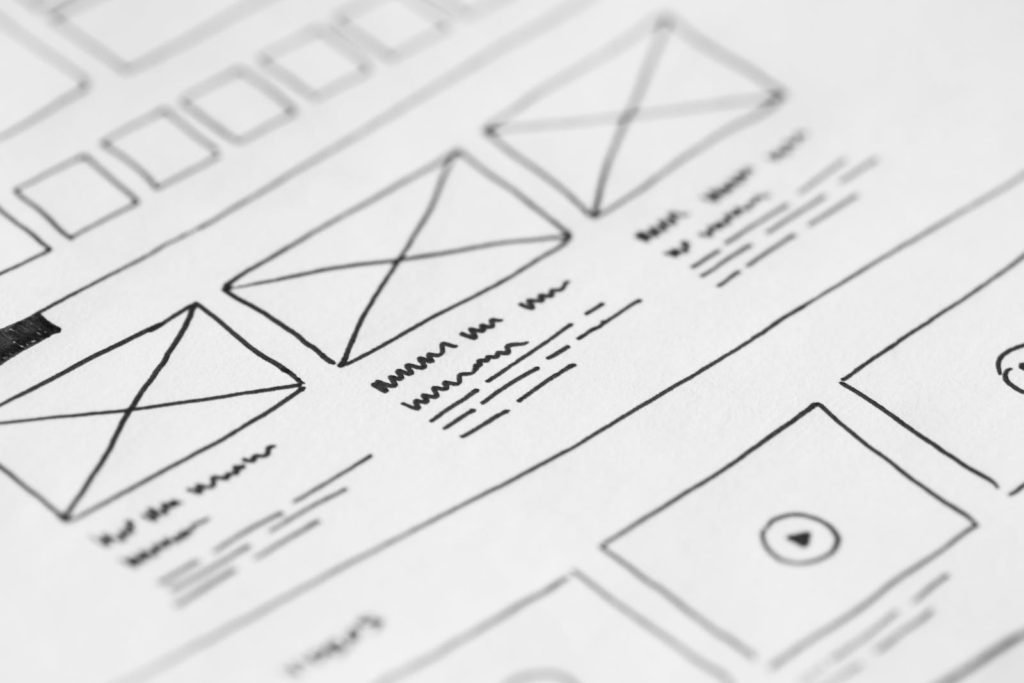In the world of quality control and process improvement, the IDOV (Identify, Design, Optimize, Verify) methodology stands as a conductor orchestrating a symphony of excellence. Let’s embark on a journey through the IDOV methodology, unraveling its components in a narrative that anyone can easily grasp.
Prelude to Excellence: Understanding IDOV
Before we delve into the details, let’s set the stage by understanding the essence of IDOV. Imagine it as a musical score where each note represents a step in the process. IDOV ensures that these notes are played in harmony, leading to a crescendo of continuous improvement.
Identify the Melody: The Identification Phase
The IDOV symphony begins with the Identification phase – much like a composer identifying the central melody of a composition. In IDOV, this phase involves pinpointing the critical factors and requirements for the project. It’s about recognizing the key elements that will shape the entire performance.
A Musical Ensemble: Identifying Key Elements
Imagine assembling a musical ensemble – each instrument representing a crucial element of the project. The Identification phase involves gathering experts to identify and understand the essential factors that will influence the project’s success. It’s like ensuring every instrument is in tune before the symphony begins.
Harmonizing Expectations: Defining Critical Requirements
In the world of IDOV, defining critical requirements is akin to setting the musical expectations for the audience. It involves clarifying what needs to be achieved, establishing clear objectives, and aligning the project team with a shared vision. It’s like ensuring everyone knows the musical score before the performance begins.
Designing the Composition: The Design Phase
With the melody identified, it’s time to design the composition – the Design phase in IDOV. Picture this as a composer crafting the musical notes, arranging them in a way that brings the melody to life. In IDOV, the Design phase involves developing a detailed plan for the project based on the identified factors and requirements.
Crafting Musical Notes: Developing Detailed Plans
Just as a composer meticulously crafts musical notes, the Design phase in IDOV requires developing detailed plans. This involves creating a blueprint that outlines how the project will unfold – from processes and methodologies to timelines and resource allocations. It’s about ensuring every note is placed with intention and precision.
The Art of Collaboration: Collaborative Design
In the Design phase, collaboration is key – much like musicians rehearsing together to perfect their performance. IDOV encourages a collaborative approach, where team members work together to refine the design, ensuring that it aligns with the identified factors and requirements. It’s like achieving harmony among the project team members.
Optimizing the Performance: The Optimize Phase
As the symphony approaches its performance, it’s time to optimize the performance – the Optimize phase in IDOV. Imagine fine-tuning each instrument to create a seamless and polished performance. In IDOV, this phase involves implementing the designed plan, continuously monitoring progress, and making adjustments for optimization.
Tuning the Instruments: Continuous Monitoring
Just as musicians continuously tune their instruments, the Optimize phase in IDOV emphasizes continuous monitoring. This involves regularly assessing the project’s progress, identifying any deviations from the plan, and making necessary adjustments to keep the performance on track. It’s like tuning the instruments to maintain a harmonious melody.
Continuous Harmony: Making Adjustments

Optimization is an ongoing process – much like a conductor making adjustments during a live performance. In IDOV, making adjustments involves responding to changes in the project environment, addressing unforeseen challenges, and ensuring that the project stays on the path towards excellence. It’s like maintaining a continuous harmony in the performance.
Verifying the Crescendo: The Verify Phase
As the symphony reaches its crescendo, it’s time to verify the performance – the Verify phase in IDOV. This is like a final rehearsal, ensuring that every element is in place and the performance meets the expectations set during the Identification phase. In IDOV, verification involves validating the project’s success and capturing lessons learned for future endeavors.
Final Rehearsal: Validating Project Success
Picture the Verify phase as the final rehearsal before the grand performance. In IDOV, this involves validating that the project has met its goals and objectives. It’s like ensuring that every note is played with precision, and the performance resonates with the expectations set in the early stages.
Lessons for the Encore: Capturing Lessons Learned
As the final notes fade away, capturing lessons learned becomes essential. In IDOV, this involves reflecting on the entire project journey, identifying what worked well, and noting areas for improvement. It’s like gathering insights for the encore – ensuring that future projects benefit from the experiences of the current performance.
The Encore of Continuous Improvement

In the grand finale of our exploration, we recognize that IDOV is not just a methodology; it’s a symphony of continuous improvement. By identifying, designing, optimizing, and verifying, IDOV becomes the conductor that guides projects towards a harmonious crescendo of excellence.
The Symphony Continues: A Legacy of Continuous Improvement
As the symphony concludes, a legacy of continuous improvement is left behind. IDOV becomes a part of the organizational culture, influencing how projects are approached, challenges are addressed, and improvements are made over time.